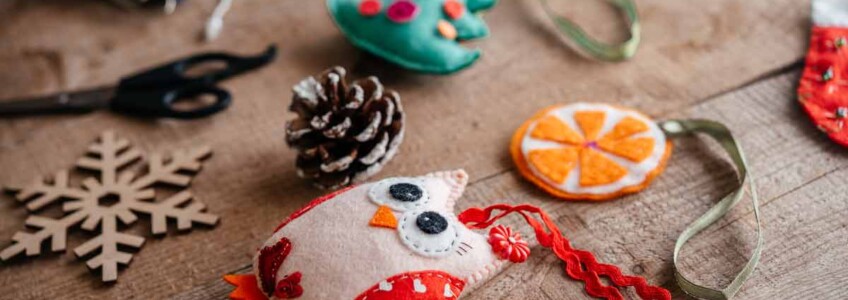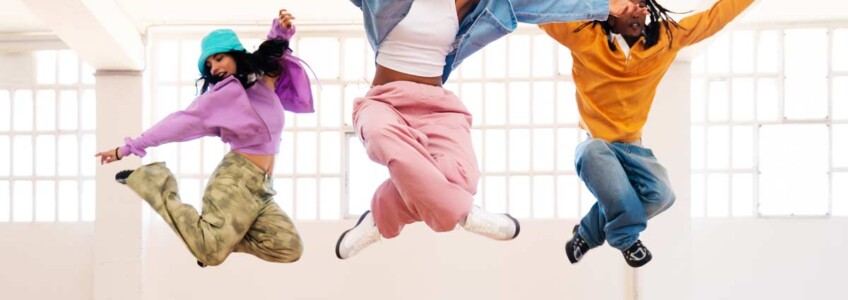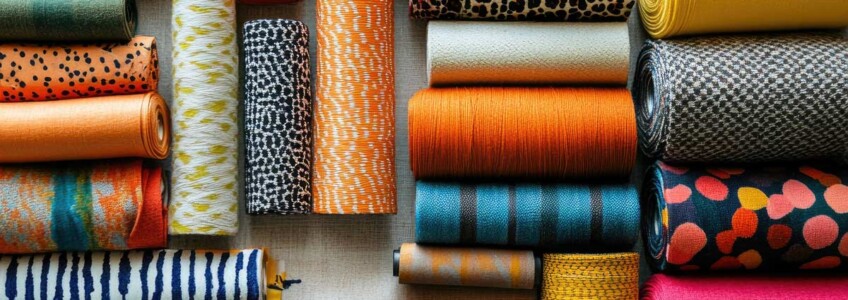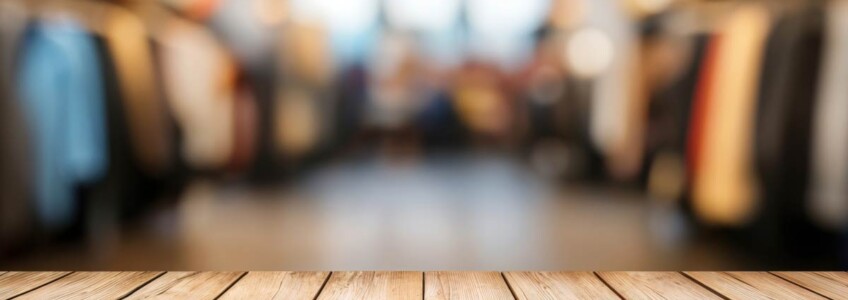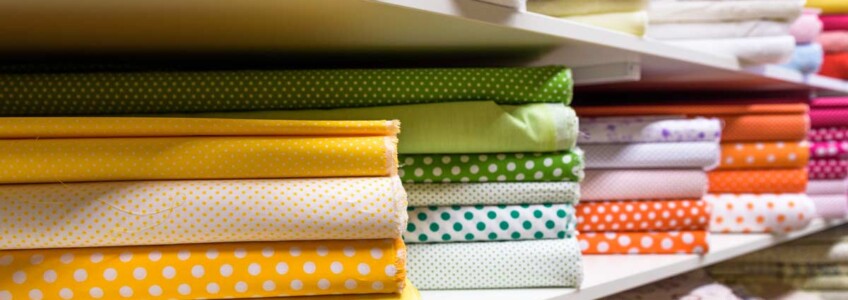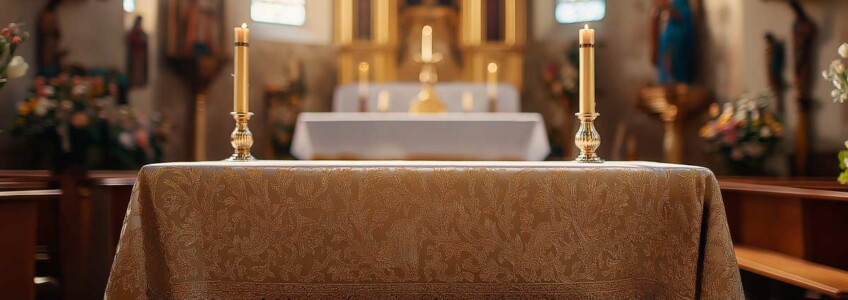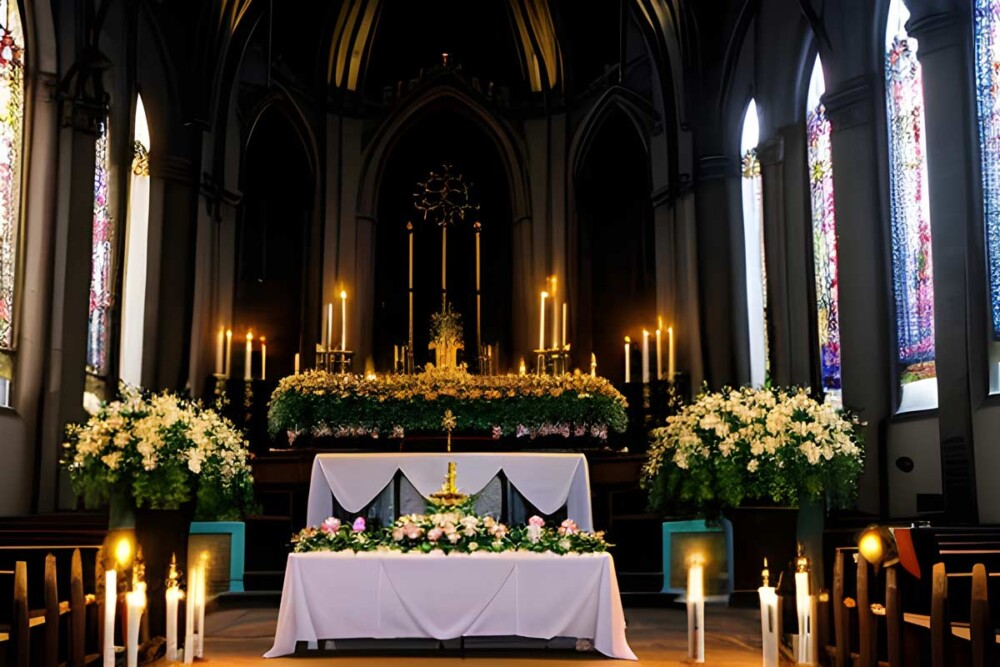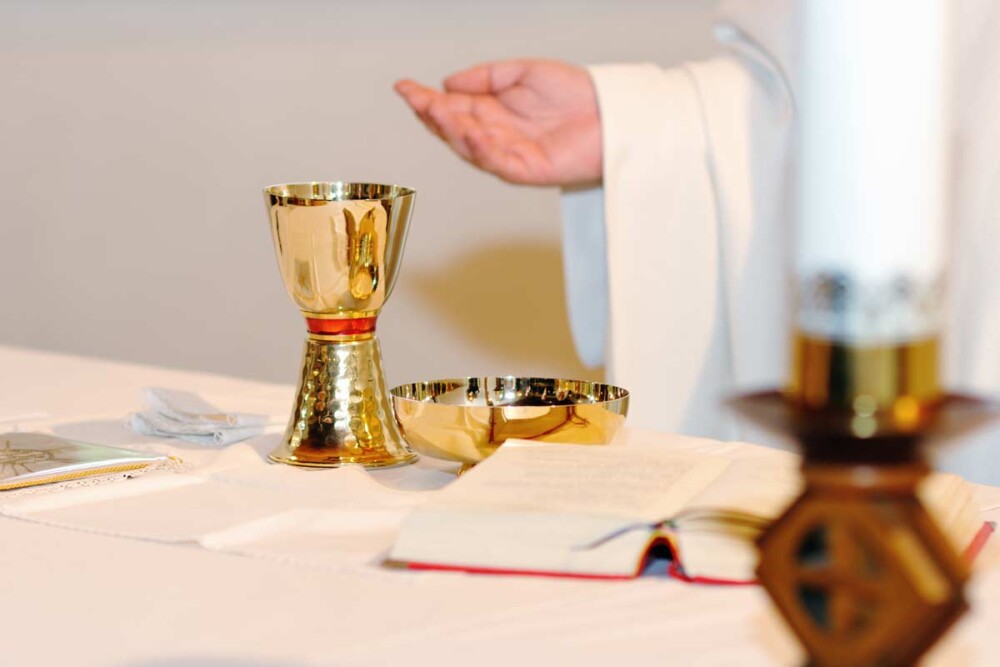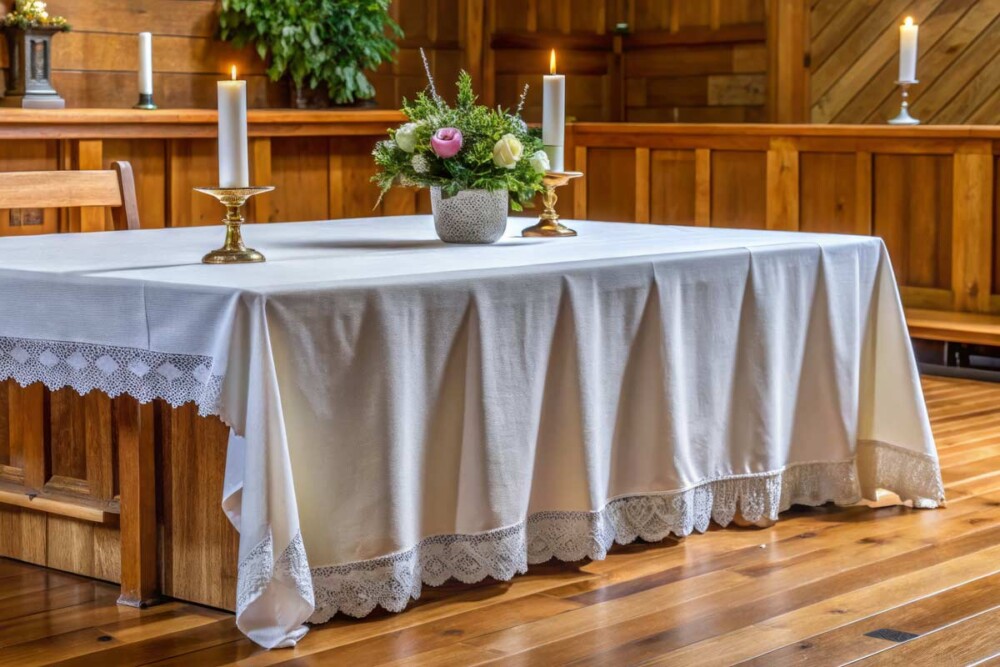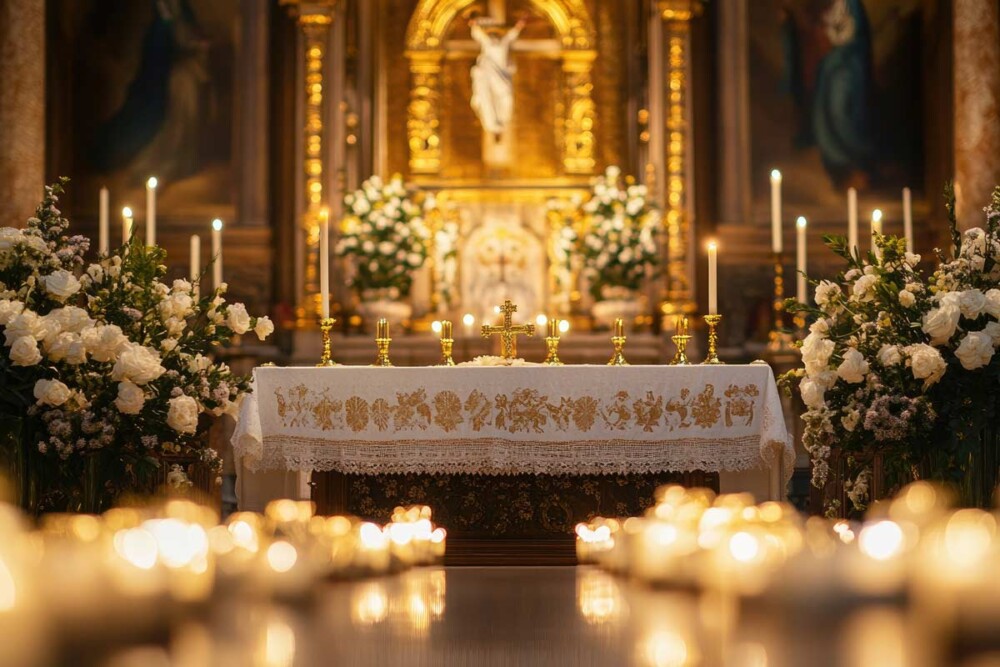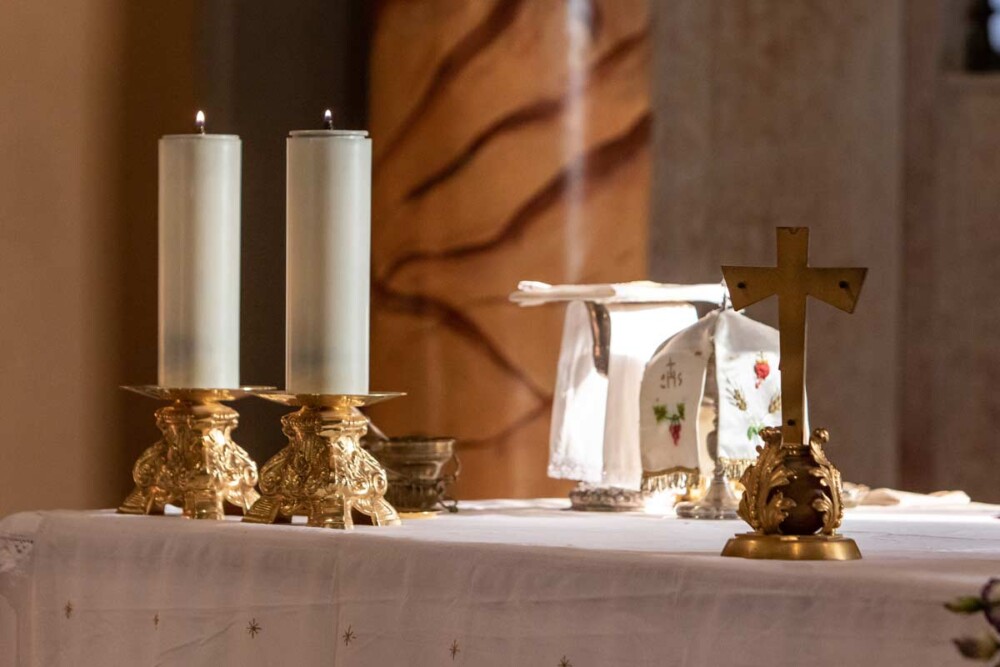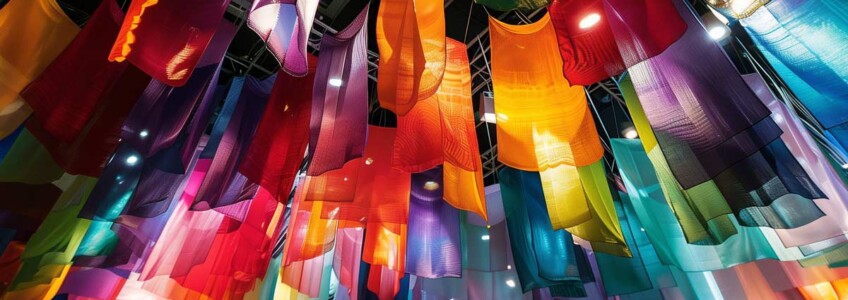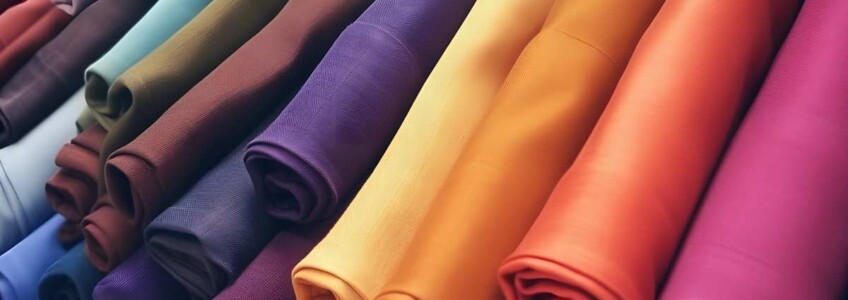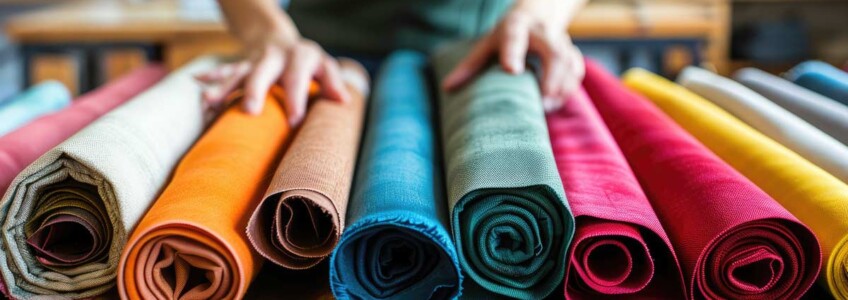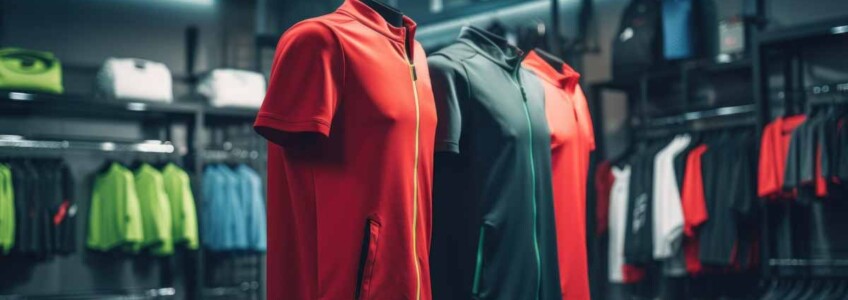From 7 to 9 March 2025, Cologne will host h+h cologne, the leading international trade fair for the craft and creative hobbies sector. The event will be held at the Koelnmesse exhibition centre and will present the latest news in areas such as knitting, crochet, sewing, embroidery and other manual activities.
L’edizione di quest’anno si concentra sul tema “Commercio Locale: Creare il Futuro“, offrendo una piattaforma ideale per il networking internazionale, l’apprendimento e lo sviluppo di nuove idee. I partecipanti avranno l’opportunità di connettersi con una comunità forte, stabilire contatti locali e prepararsi alle sfide future del commercio al dettaglio.
H+H Cologne: the programme of the craft fair
The event programme includes several thematic areas:
- Talk Zone: discussion sessions on topics relevant to the sector.
- Academy Zone: 90-minute in-depth workshops where industry experts share practical solutions for the future of local business. Workshops can be booked in advance.
- Creative Zone: a space dedicated to improving craft techniques through practical sessions.
- Green Zones & Trend Zones: areas that highlight sustainable products and innovative ideas in the world of crafts.
- Fashion Show: shows presenting the latest trends in the textile handicraft sector.
With more than 300 exhibitors from 40 countries and more than 12,000 visitors expected from 78 nations, h+h cologne 2025 is a must for professionals and enthusiasts of the sector. The event offers a wide range of opportunities for business growth, from efficient networking and access to an international community, to numerous learning programmes and events.
To participate, you can buy tickets online on the official event website. It is advisable to plan travel and accommodation in advance, given the expected attendance. h+h cologne 2025 promises to be an event full of inspiration, innovation and opportunities for all the operators in the craft sector and creative hobbies. Also Manifattura Foderami Cimmino will be present, at the Hall 11.2 Stand A041.



